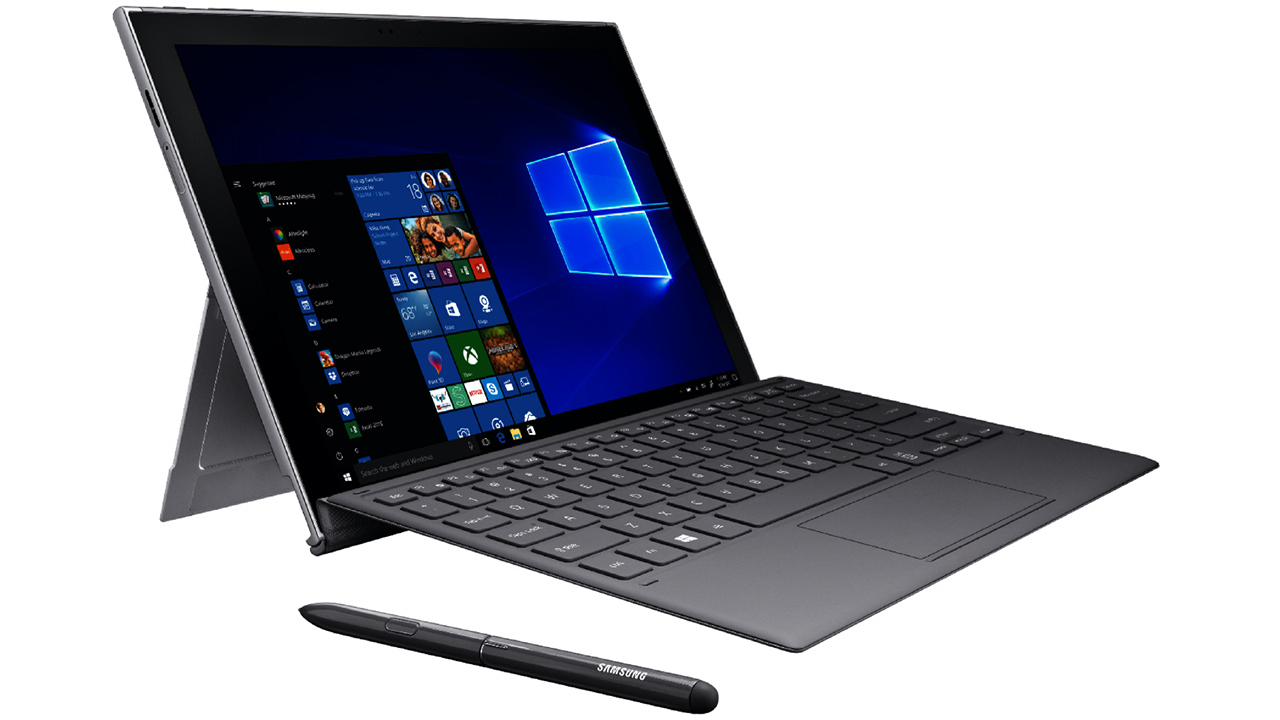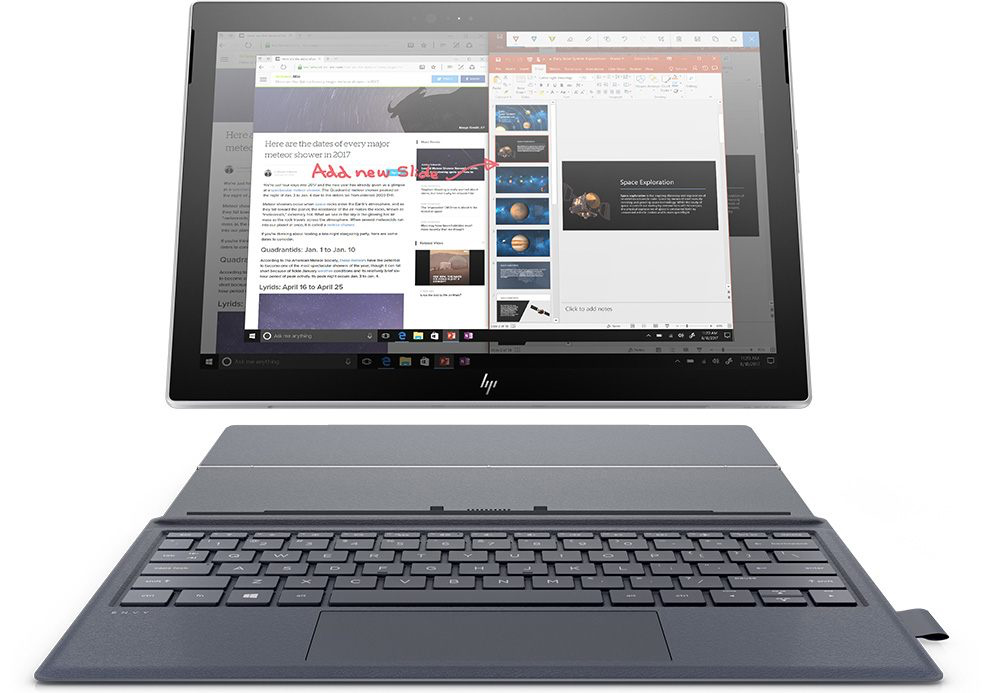Arm Looks To Laptops: Cortex-A78C Processor for PCs Announced
Arm develops eight-core Cortex-A78C powerhouse for PCs
Arm has been addressing devices above and beyond portables for a while now. Today the company has offerings for autonomous vehicles, communications, edge computing, and all kinds of smartphones and tablets. Yet, the company left the emerging market of Windows on Arm laptops to Qualcomm's Snapdragon. Not for long though as this week Arm introduced its own processor for laptops, the Cortex-A78C.
The Arm Cortex-A78C is built on the foundation of the Cortex-A78 for smartphones and tablets, but is customized to offer the performance required for workloads that are run on notebooks and other types of personal computers. Arm says that Cortex-A78C-powered laptops will offer all-day battery life, but will also be capable of running demanding applications, such as professional productivity suites as well as games.
Performance Powerhouse
The Cortex-A78C supports up to eight-core DynamIQ clusters (with 256 KB or 512 KB L2 per core) operating at up to 3.30 GHz and comes with up to 8 MB L3 cache to maximize single-threaded performance as well as performance in applications with large datasets. To further improve performance, the new CPU features an increased snoop filter and can configure slicing to optimize timings. In addition, the Cortex-A78C features advanced security capabilities, such as Pointer Authentication (PAC) that is designed to reduce possibility of Return-Orientated-Programming (ROP) and Jump-Orientated-Programming (JOP) attacks. Arm also recommends pairing its Cortex-A78C with its latest Mali-G78 graphics clusters in a bid to ensure great performance in games.
By packing up to eight 'big' Cortex-A78 cores with all the performance-enhancing tunings and omitting 'little' Cortex-A55 cores, the Cortex-A78C naturally trades power consumption for performance. Yet, considering the fact that the CPU is designed for laptops with huge batteries, such a trade off is completely justified.
To a large degree, the Cortex-A78C resembles Qualcomm's Snapdragon 8cx and 8cx Gen 2 that also feature eight 'big' Kryo 495 cores as well as the state-of-the-art Adreno 680/690 graphics. Meanwhile, it will be particularly interesting to learn how the latest laptop offerings from Arm and Qualcomm will compare to Apple's upcoming system-on-chips for its notebooks.
The announcement of Arm's Cortex-A78C means that it is either already available to developers as a SIP core, or is about to become available. The developer does not disclose which nodes it targets with this design, though we are probably talking about the latest process technologies. Meanwhile, the first SoCs powered by the Cortex-A78C will be available a year from now at the earliest, so do not expect Cortex-A78C-based notebooks till at least the first half of 2022.
Software Support
The timing of Arm's announcement looks just right. Microsoft is about to enable x64 emulation in Windows 10 on Arm platforms, so the latter will be able to run all applications that are out there (another question is how well this emulation works). Furthermore, Microsoft is actually doubling down on support of Arm in Windows 10 by releasing Microsoft Teams and Visual Studio optimized specifically for Arm SoCs as well as expanding its App Assure program to include Windows 10 on Arm 64-bit devices. As a result, by the time Cortex-A78C-powered SoCs and laptops hit the market, Windows on Arm software ecosystem will be considerably better than it is today.
Get Tom's Hardware's best news and in-depth reviews, straight to your inbox.

At the same time, Arm will have to ensure that its DynamIQ clusters with eight high-performance cores work properly under Windows 10. In addition, in a bid to provide decent performance and compatibility with games and applications that take advantage of graphics processing, Arm will have to develop proper Windows 10, Chrome OS, and Linux drivers for its latest GPUs. Developers of graphics processors spend tremendous resources on drivers and work with ISVs (independent software vendors), so Arm will have to do the same as well.
If Nvidia is allowed to acquire Arm, the Cortex-A78C or its successors could be paired with GeForce GPU cores and take advantage of drivers from the Santa Clara-based company, but for now SoC developers will have to stick to Arm's Mali.
Meanwhile, Arm was prominently software-agnostic in its Cortex-A78C press release, which is a logical decision as the company has to bet not only on Windows 10 on Arm, but also on Google's Chrome OS and other operating systems.
Windows on Arm: Not Just Snapdragon
The Cortex-A78C clearly opens some new doors to Arm and enables various SoC developers without their own CPU cores to compete against Qualcomm's Snapdragon 8cx and its successors for notebook designs. Without any doubts, it is good for the market that there will be more high-end Arm SoCs for laptops to fight against Qualcomm's Snapdragon as well as low-power x86 processors.

But getting CPU design and even actual SoCs out the door is only a part of the job. Arm will have to take care of software support for its Cortex-A78C as well as Mali graphics, whereas its partners will probably have to develop some kind of Arm-powered reference designs for PC makers to ensure quick time to market.
What remains to be seen is which of Arm's partners will actually license the Cortex-A78C to fight against might Qualcomm on an emerging and a relatively small market.
Apple's Transition
Arm's expansion to PCs is a natural process for the company, yet it is definitely not going to be easy to challenge AMD and Intel. But Arm seems to have an interesting supporter in its endeavor: Apple's transition to its own Arm-based SoCs.
Apple has always had its own strategy that considered major global trends, but never took into account plans of other companies or was aligned with them. To that end, it is obvious that Apple's transition and Arm's expansion are unrelated events. Yet, Apple could inadvertently help Windows on Arm initiative.
Selling around 4 million Macs every quarter, Apple can guarantee software developers that tens of millions of Macs will run Arm SoCs several years down the road. As a result, ISVs will be very inclined to optimize their products for Apple's SoCs in particular and Arm in general. While Apple's highly-custom Arm cores have little to do with Arm's own cores, they still share a common architecture.
Apple commanded 8.5% of PC sales in Q3 2020 and overtime these will be Arm-based systems. Therefore, if Qualcomm and other Arm partners are even moderately successful with their PC SoCs, the Arm architecture will be in over 10% of PCs, a share that is significant enough for software makers to take it into account. That said, Arm is just on time with its Cortex-A78C.

Anton Shilov is a contributing writer at Tom’s Hardware. Over the past couple of decades, he has covered everything from CPUs and GPUs to supercomputers and from modern process technologies and latest fab tools to high-tech industry trends.
-
SonoraTechnical Your article repeatedly mentions the SD 8XC.... that CPU utilizes Cortex-A76 Cores and Cortex-A55 Cores. So perhaps, SD will simply upgrade the 8XC to utilize 8 A78 Cores as well....Reply -
ezst036 Let's see it on a standardized atx platform too. No more of these toy boards. If its truely a real processor, and I mean in regards to their positioning as more of a real powerhouse contender, then give it a real motherboard then. Multiple 16x pcie slots. Multiple full ddr4. Multiple NVMe.Reply


